Wet Wet Wet. No, I am not talking about the band, but conditions in my part of Australia at the moment. Unfortunately Andy tells me that many of you guys are having similar conditions in parts of Ireland at the moment but ye are at harvesting stage and we are in springtime. Record-breaking spring rainfall has set up crops for massive yields where soils are well drained, but there are also many areas with significant flooding. We have seen our main access road closed and open many times in the past four weeks, which is making ex-farm grain logistics very difficult.
To give you an idea of rainfall totals, we normally average between 250-280mm of rainfall from April to October. To date, we have had over 500mm in this period with another 20-40mm forecast by early this week. As a result, we are seeing significant disease pressure on our pulse crops (faba beans and lentils), plus sclerotinia pressure in our canola (oilseed rape) which has necessitated two sprays of Prosaro.

We haven’t suffered too badly with flood water compared to some, as most of our wetter country that is more exposed to flooding has been set aside for summer crop planting this year. This decision was partly a result of luck and also where this land is in our cropping rotation. When it dries out we are aiming to plant sorghum, mung beans and also trial about 500ha of dryland cotton.
We have lost some small areas of wheat and field peas, plus a block of 120ha of canola. The latter has been in and out of flood water for most of the winter but we hope it should still yield 1.5-2t/ha.
Husbandry interrupted
With all the wet weather, weed control has been very constrained as it has been very difficult to get on to the ground in a timely manner. As a result the spray-planes have been flat out trying to get crops sprayed for growers. I was spreading urea recently with my self-propelled spreader and got it hopelessly bogged, along with the tractor that was trying to pull it out. I ended up having to wait a week for the country to dry out a bit and then getting a tow truck with 100m of cable to winch me out (see picture above).
Nitrogen management has again been difficult due to inability to get on to paddocks and also the denitrification caused by the flooding. I am predicting that the protein profile of the Australian wheat crop will be significantly lower than normal, about 10-10.5% protein instead of 11% plus.
Good potential for yield
The upside of the wet weather is that we have had a very mild September on the farm. No frost and daytime temperatures of between 12°C and 20°C have been ideal for crop development, flowering and early grain fill. Land that is well drained will grow a lot of grain this year.
 Some private analysts here are forecasting a wheat crop of approximately 28Mt, barley approaching 10Mt and canola of 3.3-3.5Mt. There was a significant chickpea plant in Northern NSW to supply the Indian, Sri Lankan and Bangladesh markets. However, the wet weather has increased disease pressure in this crop and it probably won’t be as large as previously forecast.
Some private analysts here are forecasting a wheat crop of approximately 28Mt, barley approaching 10Mt and canola of 3.3-3.5Mt. There was a significant chickpea plant in Northern NSW to supply the Indian, Sri Lankan and Bangladesh markets. However, the wet weather has increased disease pressure in this crop and it probably won’t be as large as previously forecast.
At the start of the year, chickpea prices were over $900/t. These dropped to about $600/t in August but now they are back over $900/t again as growers buy back contracts due to flooding and disease pressure negatively affecting yield potential. Prices for 10.5% protein wheat are about $230 port (approximately $177 or €120/t ex-farm) and canola $525 port ($472 or €322/t ex-farm). Given the price disparity between canola and cereals, I expect canola to be sold very aggressively off the header for export to the EU market. This pricing may change significantly if it keeps raining and some of the wheat is downgraded to feed and milling supplies tighten like in 2010.
14 crops on farm
We are now growing 14 different crops on the farm. These include bread wheat, durum wheat, barley, triticale, oats (both milling and grazing), canola, field peas, lupins, faba beans, lentils, mung beans, cotton and sorghum. This gives us great diversity plus exposure to a lot of different commodity markets. However, it also means we spend a lot of time cleaning out air-seeders and decontaminating boom sprayers.
We also used our precision planting technology for our summer crop planting of sorghum, mung beans and some of our winter broad-leaved crops. We precision-planted our canola, lupins and faba beans on 50cm spacings at various plant populations and are really happy with the results. Crops are very even, with no gaps where air-seeders can result in preferential flow or you can get doubling up of seeds in the row.
We have done some plant population trials in canola of 16,000, 25,000 and 35,000 plants per hectare to see where our optimal yields may lie. The only problem with this technology is that when it comes to changing a variety, instead of just dropping out the bottom of the air-seeder unit, we now have 22 individual vacuum boxes that must be cleaned out and refilled.
As well as this, when we change crop (say between canola and faba beans) the vacuum plates must also be changed due to the different seed sizes. This can take two to three hours per change, which is something we need to be able to refine further.

Rain is causing considerable difficulties for the spring management of crops is southeast Australia, but it is also adding to yield potential. It has been extremely difficult to get spring husbandry done on time and aerial spraying has been in significant use. Bruce Watson is now growing 14 different crops to help spread income and production risks.High rainfall has caused a reduction in the yield potential for some crops and also increased price.Protein levels in wheat for the export market could be low this year.
Wet Wet Wet. No, I am not talking about the band, but conditions in my part of Australia at the moment. Unfortunately Andy tells me that many of you guys are having similar conditions in parts of Ireland at the moment but ye are at harvesting stage and we are in springtime. Record-breaking spring rainfall has set up crops for massive yields where soils are well drained, but there are also many areas with significant flooding. We have seen our main access road closed and open many times in the past four weeks, which is making ex-farm grain logistics very difficult.
To give you an idea of rainfall totals, we normally average between 250-280mm of rainfall from April to October. To date, we have had over 500mm in this period with another 20-40mm forecast by early this week. As a result, we are seeing significant disease pressure on our pulse crops (faba beans and lentils), plus sclerotinia pressure in our canola (oilseed rape) which has necessitated two sprays of Prosaro.

We haven’t suffered too badly with flood water compared to some, as most of our wetter country that is more exposed to flooding has been set aside for summer crop planting this year. This decision was partly a result of luck and also where this land is in our cropping rotation. When it dries out we are aiming to plant sorghum, mung beans and also trial about 500ha of dryland cotton.
We have lost some small areas of wheat and field peas, plus a block of 120ha of canola. The latter has been in and out of flood water for most of the winter but we hope it should still yield 1.5-2t/ha.
Husbandry interrupted
With all the wet weather, weed control has been very constrained as it has been very difficult to get on to the ground in a timely manner. As a result the spray-planes have been flat out trying to get crops sprayed for growers. I was spreading urea recently with my self-propelled spreader and got it hopelessly bogged, along with the tractor that was trying to pull it out. I ended up having to wait a week for the country to dry out a bit and then getting a tow truck with 100m of cable to winch me out (see picture above).
Nitrogen management has again been difficult due to inability to get on to paddocks and also the denitrification caused by the flooding. I am predicting that the protein profile of the Australian wheat crop will be significantly lower than normal, about 10-10.5% protein instead of 11% plus.
Good potential for yield
The upside of the wet weather is that we have had a very mild September on the farm. No frost and daytime temperatures of between 12°C and 20°C have been ideal for crop development, flowering and early grain fill. Land that is well drained will grow a lot of grain this year.
 Some private analysts here are forecasting a wheat crop of approximately 28Mt, barley approaching 10Mt and canola of 3.3-3.5Mt. There was a significant chickpea plant in Northern NSW to supply the Indian, Sri Lankan and Bangladesh markets. However, the wet weather has increased disease pressure in this crop and it probably won’t be as large as previously forecast.
Some private analysts here are forecasting a wheat crop of approximately 28Mt, barley approaching 10Mt and canola of 3.3-3.5Mt. There was a significant chickpea plant in Northern NSW to supply the Indian, Sri Lankan and Bangladesh markets. However, the wet weather has increased disease pressure in this crop and it probably won’t be as large as previously forecast.
At the start of the year, chickpea prices were over $900/t. These dropped to about $600/t in August but now they are back over $900/t again as growers buy back contracts due to flooding and disease pressure negatively affecting yield potential. Prices for 10.5% protein wheat are about $230 port (approximately $177 or €120/t ex-farm) and canola $525 port ($472 or €322/t ex-farm). Given the price disparity between canola and cereals, I expect canola to be sold very aggressively off the header for export to the EU market. This pricing may change significantly if it keeps raining and some of the wheat is downgraded to feed and milling supplies tighten like in 2010.
14 crops on farm
We are now growing 14 different crops on the farm. These include bread wheat, durum wheat, barley, triticale, oats (both milling and grazing), canola, field peas, lupins, faba beans, lentils, mung beans, cotton and sorghum. This gives us great diversity plus exposure to a lot of different commodity markets. However, it also means we spend a lot of time cleaning out air-seeders and decontaminating boom sprayers.
We also used our precision planting technology for our summer crop planting of sorghum, mung beans and some of our winter broad-leaved crops. We precision-planted our canola, lupins and faba beans on 50cm spacings at various plant populations and are really happy with the results. Crops are very even, with no gaps where air-seeders can result in preferential flow or you can get doubling up of seeds in the row.
We have done some plant population trials in canola of 16,000, 25,000 and 35,000 plants per hectare to see where our optimal yields may lie. The only problem with this technology is that when it comes to changing a variety, instead of just dropping out the bottom of the air-seeder unit, we now have 22 individual vacuum boxes that must be cleaned out and refilled.
As well as this, when we change crop (say between canola and faba beans) the vacuum plates must also be changed due to the different seed sizes. This can take two to three hours per change, which is something we need to be able to refine further.

Rain is causing considerable difficulties for the spring management of crops is southeast Australia, but it is also adding to yield potential. It has been extremely difficult to get spring husbandry done on time and aerial spraying has been in significant use. Bruce Watson is now growing 14 different crops to help spread income and production risks.High rainfall has caused a reduction in the yield potential for some crops and also increased price.Protein levels in wheat for the export market could be low this year. 
 Some private analysts here are forecasting a wheat crop of approximately 28Mt, barley approaching 10Mt and canola of 3.3-3.5Mt. There was a significant chickpea plant in Northern NSW to supply the Indian, Sri Lankan and Bangladesh markets. However, the wet weather has increased disease pressure in this crop and it probably won’t be as large as previously forecast.
Some private analysts here are forecasting a wheat crop of approximately 28Mt, barley approaching 10Mt and canola of 3.3-3.5Mt. There was a significant chickpea plant in Northern NSW to supply the Indian, Sri Lankan and Bangladesh markets. However, the wet weather has increased disease pressure in this crop and it probably won’t be as large as previously forecast. 







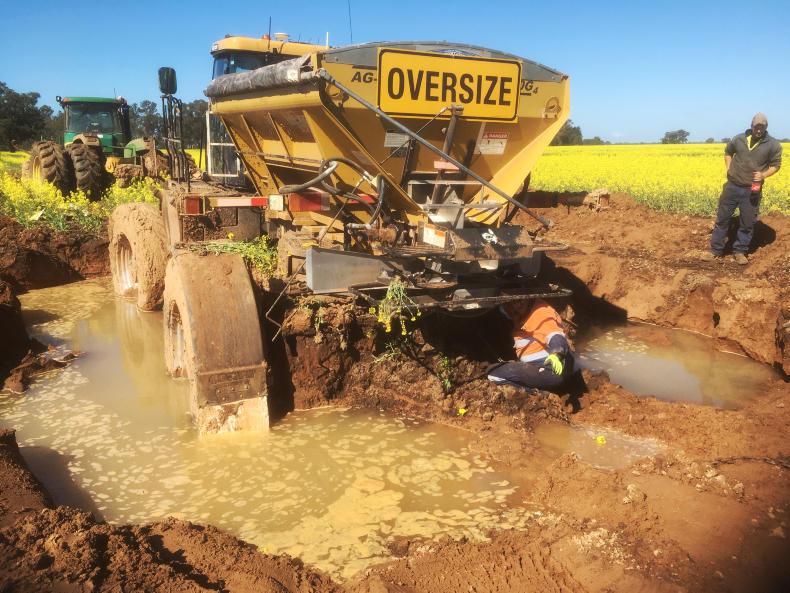
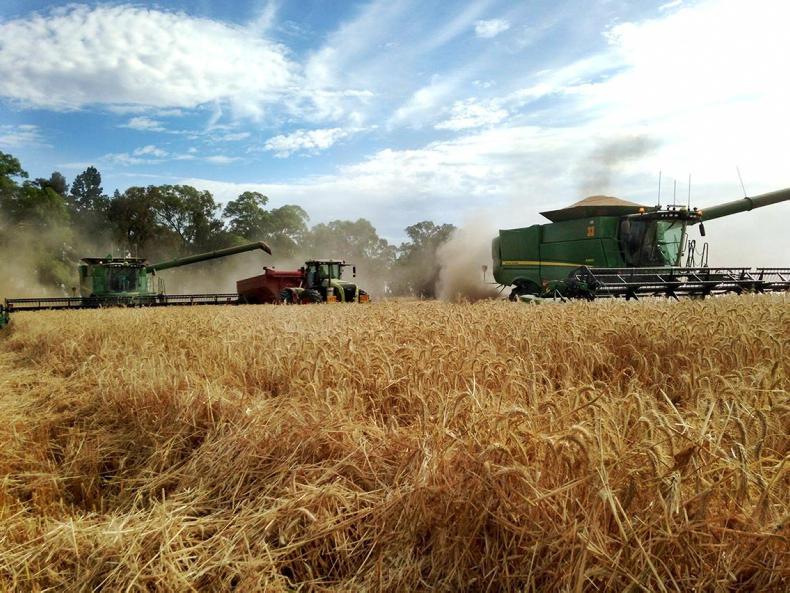

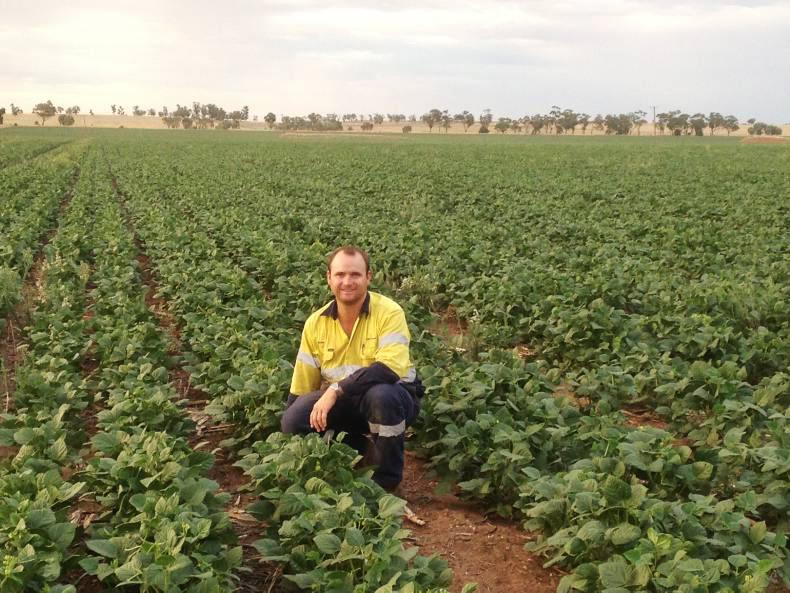
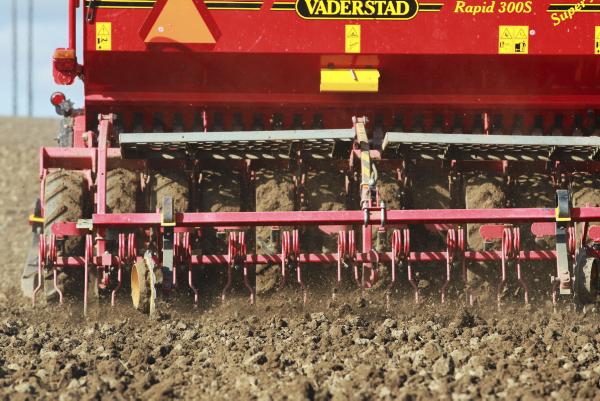
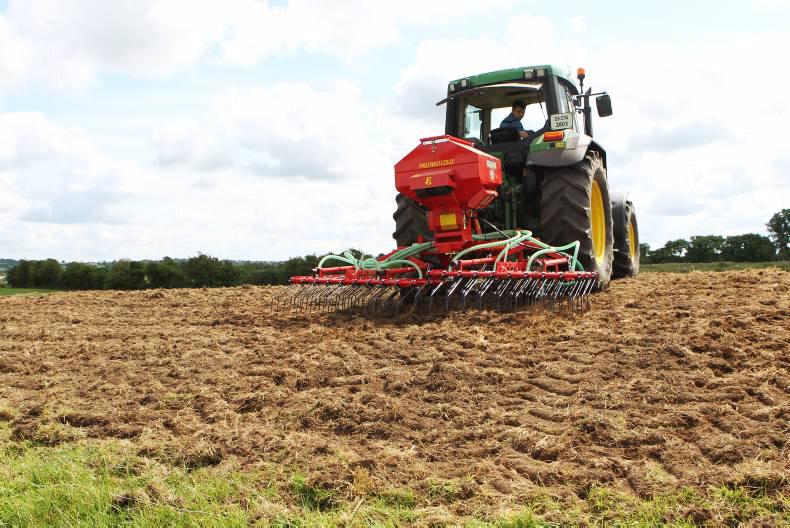
SHARING OPTIONS